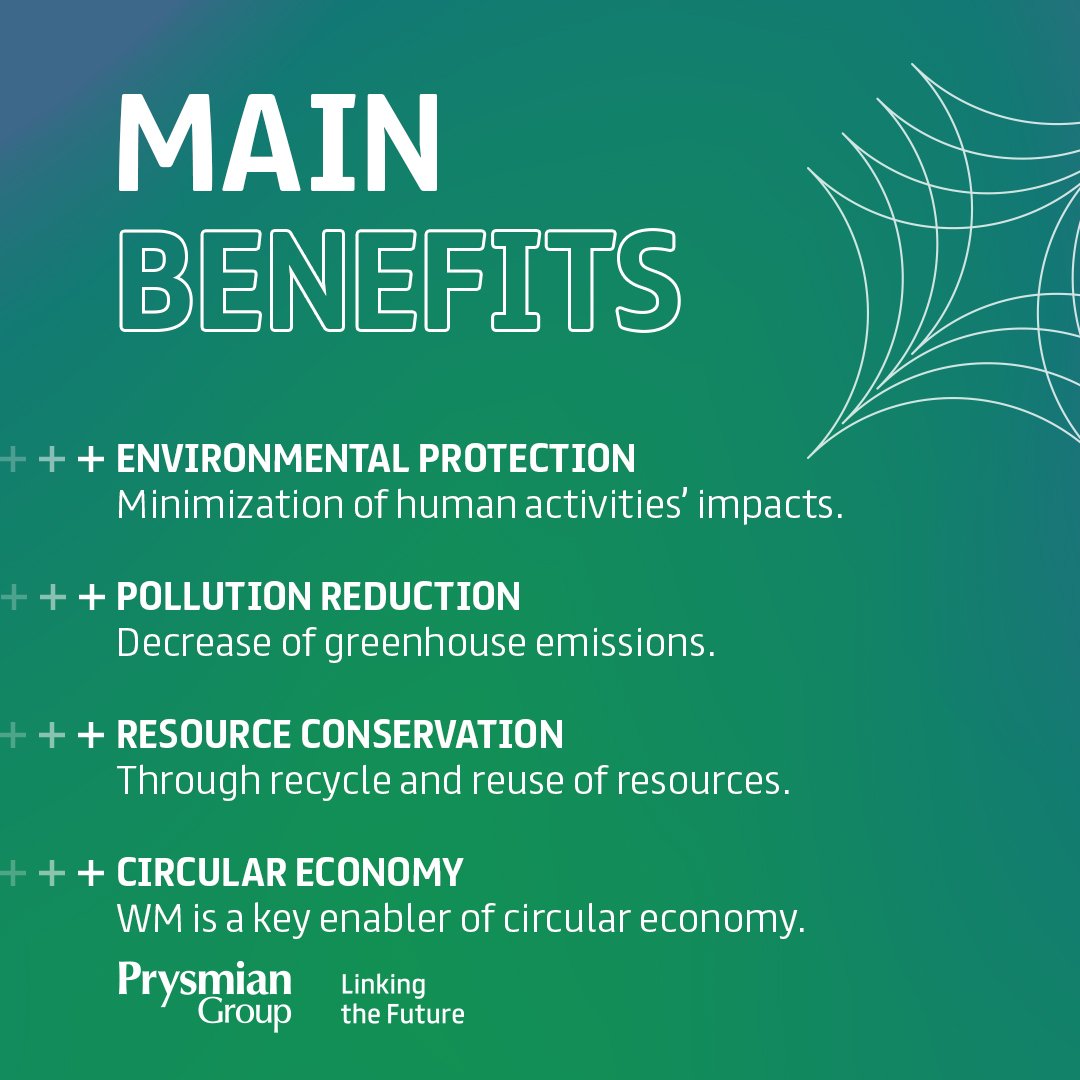More About Reclaim Waste
Table of ContentsReclaim Waste - TruthsNot known Incorrect Statements About Reclaim Waste Little Known Questions About Reclaim Waste.Our Reclaim Waste DiariesThe Only Guide to Reclaim Waste
Explore the types, events, and forms of liquid waste. Residential sewer waste describes the waste and products from a household sewage-disposal tank. This sort of waste is developed by humans in homes, colleges, and various other buildings. This only includes septic storage tanks that have a drain field. The correct administration and disposal of domestic sewage waste call for liquid waste to be transferred to a sewer treatment plant where the proper techniques and tools are related to cleanse and take care of waste.
Industrial waste often includes potential risks, such as combustible products or a mixture of fluid and strong waste items, and needs an extra sophisticated and thorough disposal process. The disposal of business waste usually entails the filtration of waste prior to transport to guarantee safe and appropriate disposal. Industrial waste is produced from byproducts and overflow of industrial processes and manufacturing.
This kind of waste can not use the exact same sewage administration transport or procedures as septic or industrial liquids. The hazardous waste management process needs the inspection and testing of liquid waste before it undergoes the disposal procedure (liquid waste disposal). Runoff waste is the liquid waste that comes from overflow and excess stormwater in highly booming areas or cities
Runoff waste can trigger contamination and flooding if not managed correctly. Guaranteeing correct waste management can stop calamities and lower ecological harm.
The Ultimate Guide To Reclaim Waste
Call PROS Providers today to discover our waste management and disposal services and the proper methods to take care of the fluid waste you produce.
(https://www.openstreetmap.org/user/reclaimwaste1)This supposed 'wastewater' is not only a vital source but, after therapy, will be launched to our land, rivers or the sea. Used water from commodes, showers, baths, kitchen area sinks, washings and commercial processes is understood as wastewater.

water made use of to cool down equipment or tidy plant and equipment). Stormwater, a kind of wastewater, is overflow that moves from farming and metropolitan locations such as roofing systems, parks, gardens, roads, paths and gutters into stormwater drains, after rain. Stormwater streams without treatment straight to local creeks or rivers, eventually getting to the sea.
Unknown Facts About Reclaim Waste
In Queensland, a lot of wastewater is treated at sewage therapy plants. Wastewater is transported from domestic or industrial sites with a system of drains and pump terminals, called sewage reticulation, to a sewage treatment plant. Regional governments construct, keep and run most sewage therapy plants. Operators are accredited under the Environmental Protection Act 1994 to discharge treated wastewater at an appropriate environmental criterion into waterways.
The Division of Natural Resources suggests regional governments regarding handling, operating and keeping sewerage systems and treatment plants. In unsewered areas, regional governments may call for owners to set up specific or home sewage therapy systems to treat residential wastewater from commodes, kitchens, bathrooms and washings. The Division of Natural Resources authorizes making use of family systems when they are shown to be efficient.
The majority of stormwater obtains no treatment. In some new communities, therapy of some stormwater to remove litter, sand and crushed rock has begun making use of gross pollutant traps. Wastewater treatment happens in 4 stages: Gets rid of solid matter. Larger solids, such as plastics and various other items wrongly released to sewage systems, are removed when wastewater is passed through displays.
Makes use of little living organisms knows as micro-organisms to damage down and get rid of staying liquified wastes and about his great bits. Micro-organisms and wastes are integrated in the sludge.
Reclaim Waste Things To Know Before You Buy
Nutrient elimination is not available in all sewage therapy plants because it requires costly specialized devices. It is becoming more typical in Queensland. Clear liquid effluent produced after therapy may still contain disease-causing micro-organisms. If this effluent is launched into rivers such as rivers or the sea, the micro-organisms will ultimately pass away out.

A lot of wastewater streams into the sewage system. Under the Act, regional governments provide authorizations and permits for ecologically relevant tasks (Periods) including wastewater releases that could have a regional influence.
The Definitive Guide for Reclaim Waste
Surveillance gives accurate information about water high quality and can confirm that licence problems are being satisfied. The info acquired via surveillance supplies the basis for making water high quality choices.